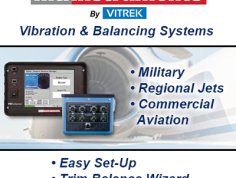The TSC-4800A is versatile and capable of working with a wide range of engine types, including turbofan, turboprop, industrial, and power generation equipment. Versatile Signal Conditioning:...

This site is operated by a business or businesses owned by Informa PLC and all copyright resides with them. Informa PLC's registered office is 5 Howick Place, London SW1P 1WG. Registered in England and Wales. Number 8860726.
Aviation Week Marketplace is part of the Informa Markets Division of Informa PLC
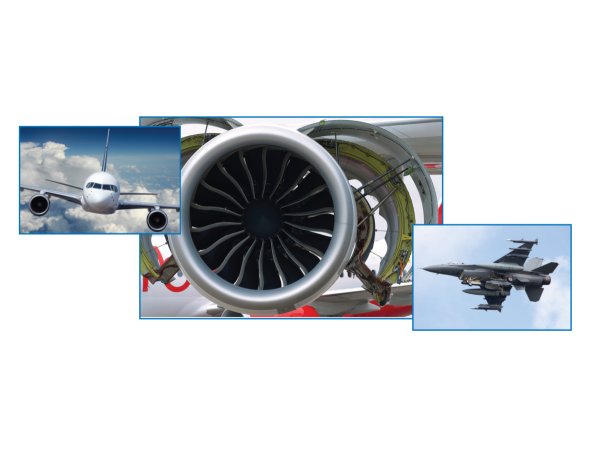
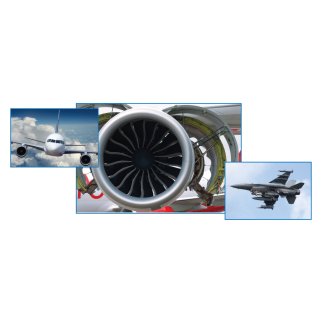
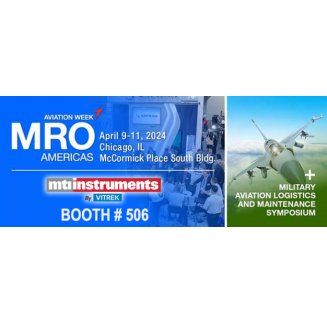
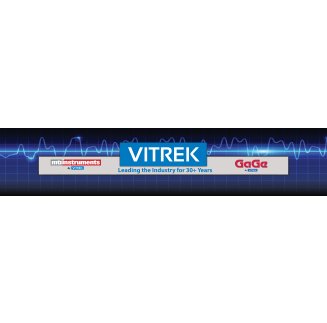
Save this service to your Saved Items and return to it later.
Throughout the aviation industry, whether commercial or military, jet engine vibration is an everyday concern. Maintenance, repair, and overhaul crews worldwide are tasked with monitoring aircraft engine vibration to ensure flight safety and efficient service.
Gone unchecked, jet engine vibration can be the catalyst for any number of problems, from minor annoyances such as cabin noise to undue parts wear. In the most severe cases, an out-of-balance turbine could lead to catastrophic failure from metal fatigue or cracks in rotor structures.
Overall gas turbine engine vibration, however, is actually the summation of vibration contributions from a variety of moving parts within the engine.
To correlate vibration magnitude with specific engine components, maintenance engineers rely on vibration analysis and trim balancing tools. Vibration analysis detects discrepancies in rotational machine dynamics while trim balancing is used to reduce vibration amplitudes of gas turbine shafts.
Together, they help engineers ascertain and correct individual sources of vibration within an engine.
This paper provides a quick overview of aerospace engine testing solutions for engine vibration/balancing as well as signal conditioning technology from MTI instruments. Click here to download!
Click here to request a free application review.
View this product at vitrek.com/whitepaper-three-vibration-balancing-solutions-for-the-aviation-industry
The TSC-4800A is versatile and capable of working with a wide range of engine types, including turbofan, turboprop, industrial, and power generation equipment. Versatile Signal Conditioning:...

Each 55CA Charge Amplifier provides one (1) channel of charge amplification, and provides a buffered acceleration output signal as well as an integrated (velocity) signal output. Both single ended...
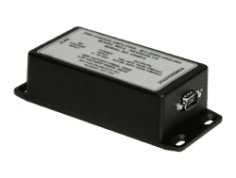
Jet engine vibration is perhaps the worst enemy of an aircraft maintenance team. Out-of-balance parts can lead to cracked fan, turbine and compressor components; general metal fatigue; and if...
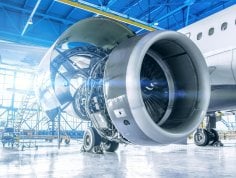
The CA1800 Charge Amplifier System conditions and amplifies up to eight (8) channels of precision charge-mode accelerometer and other charge mode signals. Features Self contained compact 19 inch...
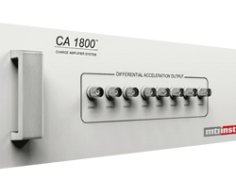
Looking for balancing systems? Commercial aviation companies and the U.S. military rely on MTI Instruments’ vibration analysis and engine trim balance solutions to identify any jet engine problems...
